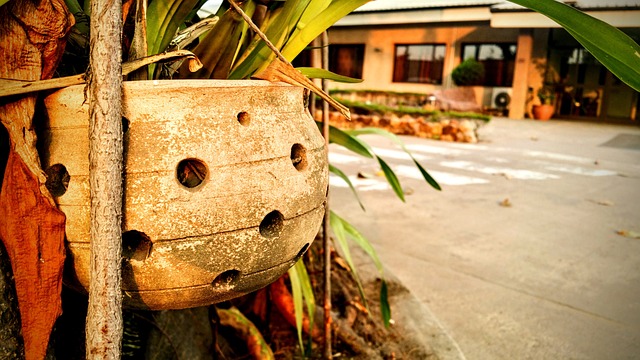Railroad communities, steeped in history from the industrial revolution, have evolved into charming destinations known for their preserved Victorian architecture, local cultures, and strong community bonds. Real estate in these areas stands out with historic homes, well-kept districts, and tree-lined streets, attracting residents and tourists seeking authentic experiences and rich history. The market is dynamic, influenced by low inventory, high demand, and the allure of owning history, with prices varying based on location, condition, and proximity to attractions. Preserving heritage while planning for the future is key to their revitalization, with developers investing in restoring historical buildings to blend modern amenities with historical character, making these neighborhoods highly desirable.
Discover the enchanting world of historic railroad communities, where time-honored charm meets modern vibrancy. This article explores the rich history and unique architecture that define these diverse towns, delving into their evolution as real estate markets. We examine revitalization efforts that beautifully preserve the past while shaping an innovative future. From nostalgic allure to community resurgence, learn how these historic sites are becoming sought-after destinations for home buyers.
The Rich History of Railroad Communities: Unveiling Their Unique Charm

Railroad communities have a rich history intertwined with the evolution of transportation and commerce. These settlements emerged during the industrial revolution as hubs for train stations, attracting workers from various backgrounds who contributed to the bustling pace of rail travel. Over time, they developed unique characteristics—a blend of historic architecture, vibrant local culture, and a strong sense of community. The remnants of these bygone eras are still visible in many towns today, making them sought-after destinations for those seeking authentic experiences and charming real estate options.
The charm of railroad communities lies not only in their picturesque landscapes but also in the stories woven into every cobblestone street and vintage building. These places often boast well-preserved historic districts, where Victorian homes stand side by side with former train depots turned restaurants or cafes. The legacy of rail transport continues to shape these areas, drawing both locals and visitors who appreciate the balance between preserving history and embracing modern amenities.
Real Estate in Historic Railroad Towns: Exploring the Market

In historic railroad towns, real estate offers a unique blend of charming architecture and vibrant community life. These areas often boast well-preserved Victorian homes, meticulously maintained historic districts, and tree-lined streets that evoke a bygone era. The market for real estate in these locations is dynamic, with both residents and tourists attracted to the authentic ambiance and rich history. Prospective buyers can expect to find a diverse range of properties, from quaint cottages to grand manors, each imbued with the character and charm that comes from living in a preserved historic setting.
The real estate market in these railroad communities is influenced by factors like low inventory, high demand, and the allure of owning a piece of history. As such, prices can vary significantly depending on the specific location, property condition, and proximity to popular attractions. However, the investment potential is strong, with many historic homes experiencing significant appreciation over time. The unique character and growing popularity of these towns make them desirable places to live, work, and visit, ensuring a steady demand for real estate that continues to drive market growth.
Preserving the Past, Shaping the Future: A Look at Revitalization Efforts

In many historic railroad communities, there’s a delicate balance between preserving the past and shaping the future. Revitalization efforts have become crucial in recent years to ensure these charming areas remain vibrant while honoring their rich heritage. Local initiatives focus on updating infrastructure while maintaining the unique architecture and character that make these neighborhoods so appealing. Real estate plays a significant role in this transformation; developers and investors are increasingly recognizing the potential of restoring and repurposing historic buildings, bringing new life to once-neglected areas.
These revitalization projects not only restore aesthetic appeal but also create modern amenities while preserving the community’s distinct character. By blending contemporary design with historical charm, these efforts ensure that historic railroad communities remain desirable places to live, work, and play. This delicate fusion of old and new is what makes these neighborhoods truly special, attracting residents who appreciate both the nostalgia of the past and the opportunities of the future.






